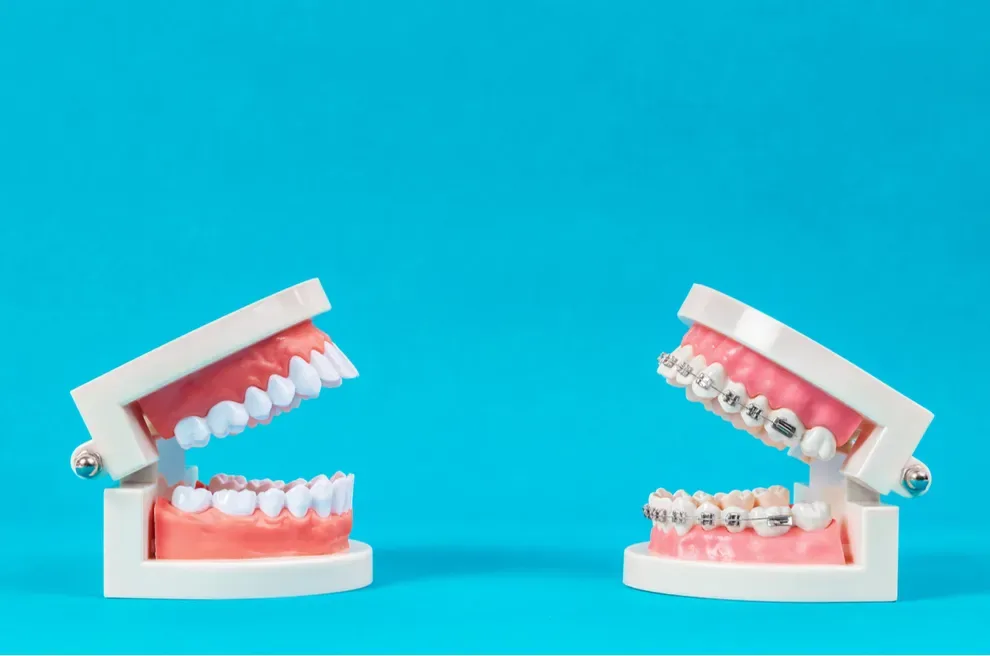Are Braces and Aligners Cheaper in Other Countries?

Table of Contents
- Intro
- Can You Purchase Aligners Abroad?
- Brands Abroad
- Disadvantages
Aligners may cost as much as $8,000 in the United States. European countries like the United Kingdom have similar costs.
You can get aligners for as little as $2,000 in parts of Asia like Thailand and India. In Australia and Mexico, typical prices range between $2,500 and $6,000.
Intro
Aligners and braces are an effective way to improve the alignment of your teeth and enhance the beauty of your smile. However, getting braces and aligners can be costly, especially here in the United States.
The average cost of braces in the United States ranges from $5,000 to $7,00. In some cases, you may pay as much as $10,000.
European countries like the United Kingdom have similar costs.
If you can’t fit those costs into your budget, you may be able to save money by getting braces or aligners in other countries. While the actual cost varies depending on your requirements, braces and aligners are much more affordable in parts of Europe, South America, and Asia.
You can get aligners for as little as $2,000 in parts of Asia like Thailand and India. In Australia and Mexico, typical prices range between $2,500 and $6,000.
Braces are not something you “buy” because you cannot put them on your own teeth. You need a dentist or orthodontist to apply them. Therefore, there is no real international shopping market for braces unless you plan to visit a foreign country to engage in the full, long treatment regimen of getting braces.
What Is Dental Tourism?
Dental tourism is a growing trend in which patients travel outside their country to access dental care services.
Recent data estimates that the dental tourism industry will be worth around $6 billion by 2025.
Many people practice dental tourism exclusively to save money, while others incorporate a dental visit during a vacation they would take anyway. If you're worried about the high cost of dental care services in your country, this may be a good way to ensure that you get the care you need.
Can You Purchase Aligners Abroad?
Several international direct-to-consumer orthodontics companies offer delivery services for clear aligners.
When you sign up for the service, the company sends you an at-home impression kit. You are instructed to use this kit to take an impression of your teeth and send it to the orthodontics company. They then use this impression to determine if you're a suitable candidate for aligners. If you are, the company makes you a custom set of aligners and sends it to your home address by mail.
What Aligner Brands Can You Buy Abroad?
Some of the popular aligner brands you’ll likely get when ordering from abroad include:
Disadvantages of Buying Aligners Abroad
There are some common concerns about buying aligners abroad. Among them:
There may be no comprehensive dental exam before getting the appliances.
There is no one supervising your treatment.
The treatment may not be tailored to your specific needs.
Most online aligner companies do not provide repair, maintenance and replacement services.
References
Effectiveness of Aligners in Orthodontic Treatment: A Systematic Review. (June 2020). International Journal for Development Research.
Dental Tourism — Bargain Dentistry and a Vacation to Boot. (September 2019). The Washington Post.
Dental Tourism Market, by Treatment Type (Preventive, Restorative, Prosthodontics, OMS, Others), Region and Forecast, 2021 to 2028 (June 2021) Adroit Market Research.
Recommendations for Clear Aligner Therapy sing Digital or Plaster Study Casts. (July 2018). Progress in Orthodontics.
